Therapeutic Blockade of microRNA in Kidney Transplantation (NESTAC MEDAL WINNER)
Samuel Tingle, Avinash Sewpaul, Lucy Bates, Rodrigo Figueiredo, Simi Ali, Neil Sheerin, Colin Wilson
Introduction
Ischaemia reperfusion injury (IRI) causes significant damage to organs from deceased donors. microRNAs are short non-coding RNAs which each cause repression of many target genes. miR-24-3p and miR-145-5p are two microRNAs with potential detrimental roles in IRI. Our group has used antisense oligonucleotides (ASO) to block miR-24-3p during ex vivo normothermic perfusion (EVNP) of human kidney grafts. This project aimed to model changes in miR-24-3p and miR-145-5p with hypoxia and assess whether ASO therapy can alter the expression of the genes which they regulate.
Methods
IRI was modelled by placing Human Umbilical Vein Endothelial Cells (HUVECs) into a hypoxic incubator for 24hrs, followed by reoxygenation for 6hrs. Lipofectamine was used to transfect cells with ASO to block miRNAs. microRNA and mRNA expression was quantified with reverse-transcription qPCR. One-way ANOVA was used for statistical analysis.
Results
Hypoxia caused significant upregulation of miR-24-3p (1.51;p≤0.001) and miR-145-5p (1.95;p≤0.001), and significant downregulation of miR-24-3p target HMOX1 (0.165;p≤0.001) and shared target SOD2 (0.502;p≤0.001) in HUVECs. Using ASO transfection to inhibit miR-24-3p and miR-145-5p in combination caused synergistic upregulation of HMOX1 (2.62;p<0.05) and SOD2 (1.61;p<0.05) following hypoxia and reoxygenation (Figure 1).

Conclusion
Dual blockade of miR-24-3p and miR-145-5p significantly increased expression antioxidant genes HMOX1 and SOD2, which both have established protective roles in renal IRI. Dual blockade of miR-24-3p and miR-145-5p during EVNP represents a novel therapeutic option worthy of further research.
